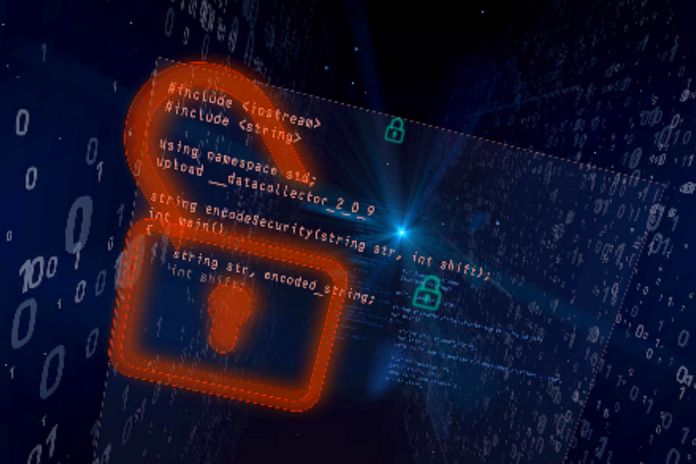Data security consists of establishing prevention systems that guarantee its confidentiality. Thus, it is essential to detail the action protocols in the event of a failure in the based security system. The significant trend towards using large amounts of data by companies has led to the multiplication of data storage needs.
How To Act Before A Data Security Breach In A Company?
Data security is increasingly present in society.
The Contingency Plan
A contingency plan is a priority to adequately react to a potential security issue in any company’s data collection and processing system. This provides a detailed protocol for action before a cyberattack and determines the person responsible for each procedure.
The first point of this plan is to define prevention and control measures to effectively and diligently detect any security breach. Once a system violation is detected, it is necessary to identify a series of elements:
- Determine the nature of data that may have been affected;
- Realize the scope and severity of the intrusion;
- Identify the type of invasion and, as far as possible, its origin.
Suppose the integrity of third-party personal data is compromised. In that case, in the case of Portugal, the National Data Protection Commission (CNPD), an alert must be sent to the pre-established control body. The watch must be sent as soon as possible. In this case, you are not exceeding the maximum period of 72 hours, as established in the General Data Protection Regulation (GDPR).
If it is found that the breach of security represents a high risk for those affected, it must be communicated clearly and precisely.
Action Procedure In The Contingency Plan
From the detection and identification of the characteristics of the security breach, the contingency plan is developed in three phases:
Containment :
It involves taking the necessary steps to stop the progress of the security breach, thereby limiting the consequences and scope. It may include measures such as eliminating licenses or deactivating networks.
Eradication:
This is system cleaning. It will remove anything that allowed the system to be breached, whether it was malware – a combination of the words malicious and software which means “software” – or compromised user accounts, which may have facilitated the intrusion.
Restoration:
Once the incidents have been overcome, the system will be re-established at this stage. However, it must be verified that the measures taken were effectively carried out and that the system’s vulnerability was corrected with all guarantees. Thus, restoring the data so everything can return to its regular operation is possible.
What Happens If I Have The Data In The Cloud?
Under the various laws and regulations governing personal data protection, the ultimate responsibility for the data rests with the company. Even under an outsourcing regime, the company must ensure the compliance of the entity to which it has contracted the cloud services with the established security protocols.
To determine the services’ characteristics, contracts and service level agreements (SLAs) are established that must collect, at a minimum and with guarantees, the transfer of the protection levels established until that moment in the company to the cloud.
Data security is a critical factor in the management of any company. Far beyond a legal obligation, guaranteeing personal data protection is a commitment to loyalty. Whether with internal or external audiences, it will ensure a healthy coexistence. This is how the future is made. With small steps that make all the difference. Of the problems that most concern companies. Ensuring the proper protection of personal data is a legal obligation. Thus, a contingency plan must be followed and transferred to the cloud in case of any security breach.
Also Read: Understand What Mobile Technology Is












